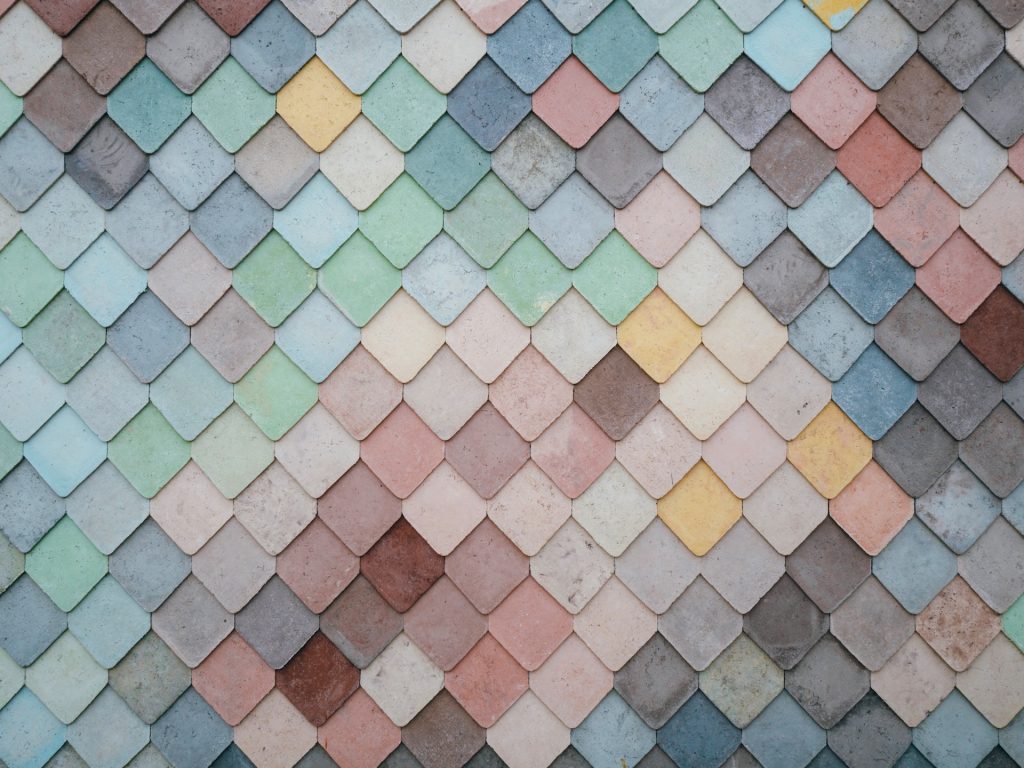Tile reglazing and resurfacing are transformative processes that breathe new life into dull, worn, or outdated tiles. Whether it’s your bathroom, kitchen, or any other tiled area, reglazing and resurfacing offer a cost-effective and efficient way to update your space without undergoing a full renovation. Let’s explore the intricacies of this art and how it can revitalize your home.
Understanding Tile Reglazing and Resurfacing
Tile reglazing and resurfacing involve applying a new finish or coating to existing tiles, countertops, or other tiled surfaces. Over time, tiles can become stained, chipped, or discolored, detracting from the overall aesthetic of your space. Reglazing and resurfacing address these issues by repairing and refinishing the tiles, giving them a fresh, clean, and updated appearance.
Benefits of Tile Reglazing and Resurfacing
- Cost-Effective: Tile reglazing and resurfacing offer significant cost savings compared to replacing tiles or undergoing a full renovation. By rejuvenating your existing tiles, you can achieve a refreshed look without the hefty price tag.
- Time-Saving: Reglazing and resurfacing can be completed in a fraction of the time required for tile replacement or renovation. This efficiency minimizes disruption to your daily routine and allows you to enjoy your updated space sooner.
- Versatility: Reglazing and resurfacing offer versatility in terms of color, finish, and design options. Whether you prefer a sleek, modern look or a classic, timeless aesthetic, you can customize the reglazing and resurfacing process to suit your style and preferences.
- Durability: High-quality reglazing and resurfacing products are designed to withstand daily wear and tear, ensuring long-lasting results. With proper care and maintenance, reglazed and resurfaced tiles can maintain their beauty and functionality for years to come.
The Reglazing and Resurfacing Process
- Preparation: The first step in tile reglazing and resurfacing involves thorough cleaning and preparation of the existing tiles. Any dirt, grime, or residues are removed to ensure a clean and smooth surface for the reglazing and resurfacing process.
- Repair: Any damaged or cracked tiles are repaired using specialized fillers and techniques. This step ensures a seamless and even surface for the reglazing and resurfacing process.
- Priming: A primer is applied to the tiles to promote adhesion and ensure the longevity of the reglazing and resurfacing finish. The primer also helps to seal the tiles and create a smooth base for the final coating.
- Reglazing/Resurfacing: The final step involves applying a high-quality finish or coating to the tiles. This finish can be customized to your desired color, texture, and sheen, providing a refreshed and updated appearance.
- Curing: After reglazing or resurfacing, the tiles need time to cure and harden properly. This curing process ensures the durability and longevity of the reglazed or resurfaced tiles.
In Conclusion
Tile reglazing and resurfacing offer a cost-effective, time-saving, and versatile solution to update and transform your tiled spaces. By understanding the benefits and process of reglazing and resurfacing, you can make an informed decision that enhances the beauty and functionality of your home without the hassle and expense of a full renovation.








